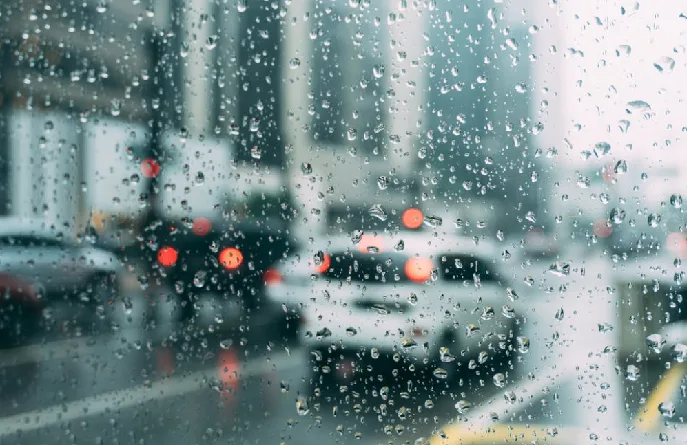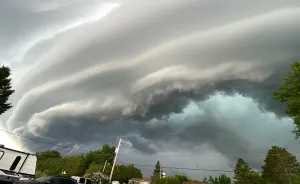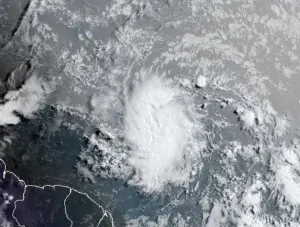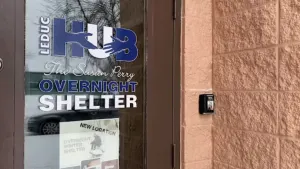
Improvements to radar help self-driving cars 'see' clearly in all weather
Engineers are working with Toyota to further develop the research.
Engineers at the University of California San Diego have developed an upgrade to radar sensors, which could make self-driving cars safer to operate in bad weather.
Traditionally, self-driving cars rely on LiDAR to 'see' the road, which works by bouncing laser beams off surrounding objects. On a clear day, it can create a high-resolution, 3D image, but it cannot see in fog, dust, rain, or snow.
Radar, on the other hand, transmits radio waves and can 'see' in all weather. The downside is, it only captures a portion of the road.
In a statement by the researchers, the engineers say poor image quality associated with radars happens because when radio waves are transmitted and bounce off objects, only a fraction of the signals make it back to the sensor.
The team made improvements to how radar 'sees,' by adding two radar sensors to the hood of a car, placed about 1.5 metres apart.
Computer science and engineering Ph.D. student Kshitiz Bansal says the multi-radar set-up increases the number of points reflected to the sensors, creating a sharper image. They also created a special algorithm to eliminate miscellaneous 'noise' picked up by the radars.
"It's a LiDAR-like radar," Dinesh Bharadia, a professor of electrical and computer engineering at the UC San Diego Jacobs School of Engineering said in a statement.
"It's an inexpensive approach to achieving bad weather perception in self-driving cars. Fusing LiDAR and radar can also be done with our techniques, but radars are cheap. This way, we don't need to use expensive LiDARs."
WORKS WELL IN TESTING
In tests performed on clear days and nights, the new radar system worked as well as the LiDAR sensor when it came to "determining the dimensions of cars moving in traffic," UC Davis says in a statement.
In tests simulating foggy weather, it appears to outperform the LiDAR sensors.
The team, which presented its findings at the Sensys conference in November 2020, has partnered with Toyota to further develop the technology by combining radar with cameras.
"Radar alone cannot tell us the colour, make, or model of a car," Bharadia said.
Thumbnail courtesy Kaique Rocha/Pexels.
"These features are also important for improving perception."










